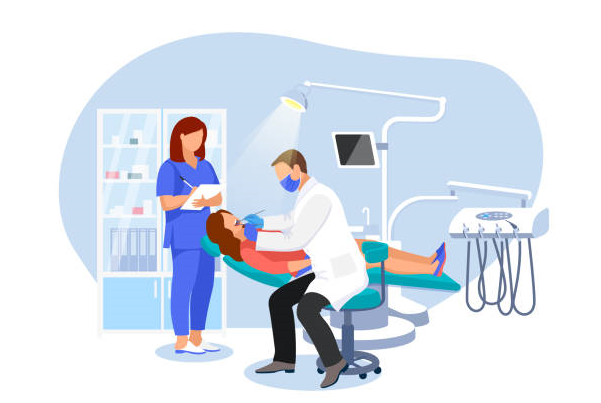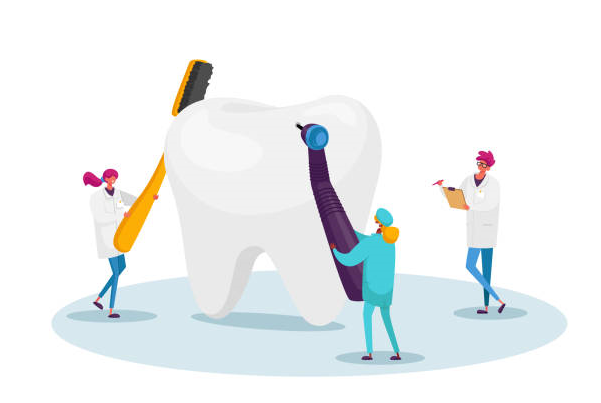Pain: sensory and emotional experience associated with actual or potential tissue damage
1. Components: sensory (objective characteristics of pain e.g., location, duration, intensity; thermal, mechanical, or chemical) and motivational/affective (associated with past experience, fear, suffering, anxiety, culture)
2. Anatomy and physiology: nociceptors specialized to convey noxious stimuli (mechanical, chemical, thermal)
a. Hyperalgesia: exaggerated pain response to stimulus that was previously painful.
i. Primary: nociceptors in area of tissue damage fire or due to algesic chemicals (bradykinin, SP, etc.)
ii. Secondary: absence of local causes so due to changes in CNS that result in nociceptor firing (e.g., referred pain due to convergence)
b. Allodynia: pain caused by stimulus that is normally innocuous (non-painful); e.g., abcess- just touch, hurts
c. Fiber types: local anesthetics target Ad and C fibers
i. A-b: myelinated cutaneous mechanoreceptor (25-50 m/s); innervates Ruffini endings
ii. A-d: myelinated nociceptor that mediates sharp, well-localized pain (10-30 m/s)
iii. C: have Schwan cells but no myelin; nociceptor that mediates dull, poorly-localized pain (<2.5 m/s)
d. Neurotransmitters:
i. Excitatory: glutamate (most common, works on NMDA receptors), substance P (SP, p for pain; act at neurokinin, NK, receptors), calcitonin G-receptor peptide (CGRP; co-released with SP), prostaglandins (products of cyclooxygenase), and kinins
ii. Inhibitory: GABA (amino acid; hyperpolarizes neurons so ¯ pain sensation), monoamines (e.g., seratonin, NE), and opioids (e.g., endorphins- give runner’s high; 3 made by body: 1) b-endorphin, 2) dynorphin, 3) enkephalins; 3 receptors: 1) mu- most important for pain, 2) delta, and 3) kappa)
Treatment:
a. Opioids: indicated for moderate to severe acute (post-op) pain, chronic cancer pain, or as sedative/pain reliever during general anesthesia. A narcotic = sleep-inducing.
i. Mechanism of action: bind opioid receptor in spinal cord and brainstem (mu, d, and kappa; found in periaqueductal grey- area in brain with tons of opioid receptors, when activated ® ¯ pain), inhibit peripheral nociceptors, activate descending pain control system, improve affective components of pain
ii. Side-effects: euphoria, sedation, respiratory depression, nausea/vomiting, constipation (especially with elderly), addiction, tolerance (does not remain once drug removed)
b. NSAIDS (non-steroidal anti-inflammatory drugs): indicated for mild to moderate pain that has inflammatory component, fever. Aspirin first made in 1853 from parts of willow bark.
i. Mechanism of action: inhibits cyclooxygenase (COX) which makes prostaglandins and other inflammatory agents. Anti-pyretic (fever-reducing) actions mediated by effects on hypothalamus- center of brain that regulates body T.
ii. Side effects: since acidic- nausea, vomiting (rare), GI bleeding, prolonged bleeding time since inhibit platelets. Warnings if ulcer history, combining NSAIDS (® ringing in ears), and flu/chicken pox in children ® risk of Rie syndrome (fatal brain inflammation)
c. Tylenol (acetaminophen): analgesic and anti-pyretic but no significant effect on inflammation. OD kills liver.
d. Muscle relaxants: don’t act directly on muscles; indicated for myofascial pain (muscle/CT pain) but not analgesic (not good for pain control)
i. Mechanism of action: depends on drug but most GABA-mediated signals in spinal cord
ii. Side-effects: sedation, weakness
e. Anti-depressants: low-doses indicated for chronic pain that is unresponsive to conventional analgesics, 1st choice for some types of neuropathic pain. Side effects: sedation, xerostomia, CV effects.
i. Mechanism of action: activate descending pain control systems ® pre-synaptic a-2 receptor to monoamine (NE, seratonin) in brain ® inhibit SP, glutamate, etc. release from peripheral nociceptors.
4. Descending pain modulatory pathways: neuronal cell bodies in brainstem send projections to dorsal horn where release NT that inhibit incoming pain info or decrease sensitivity of neurons in dorsal horn to that info. Opioids and antidepressants act in part by these pathways.




 EET MDS
EET MDS